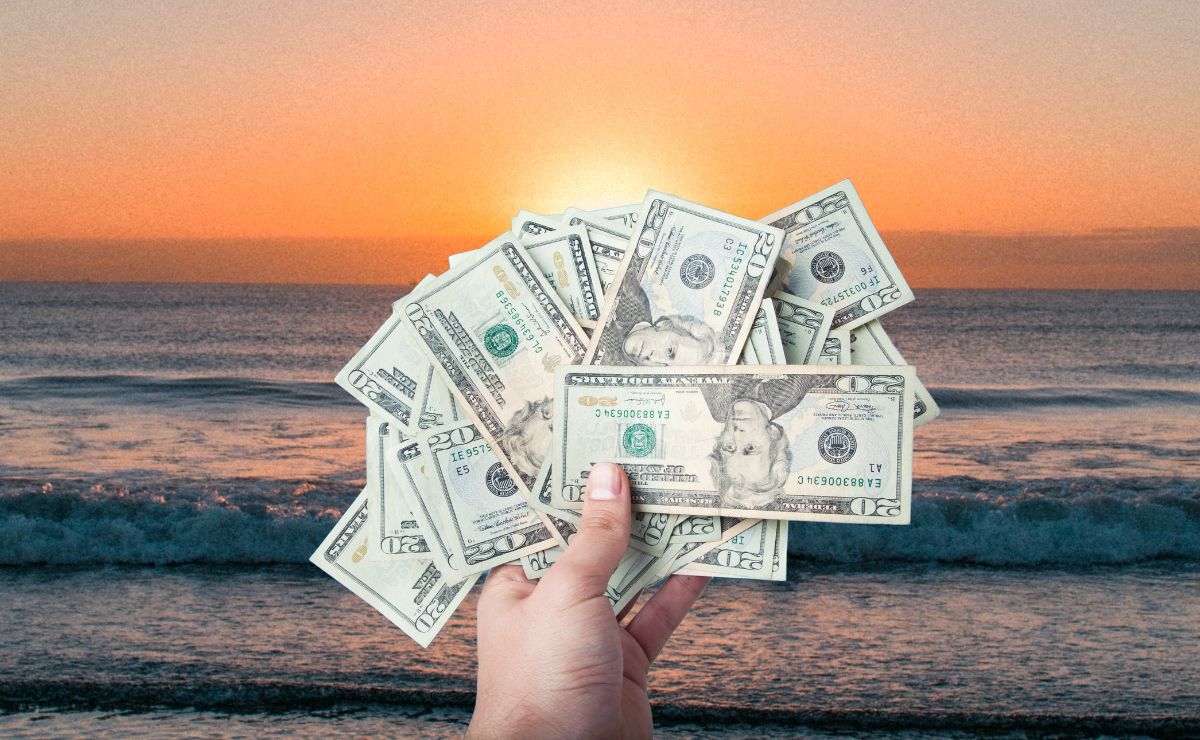The Minnesota Tax Rebate wait is over: A boost for qualifying Minnesotans is being sent now. In a much-anticipated development, the state of Minnesota is making a significant move to alleviate financial pressures for its residents.
With more than $1.1 billion poised to be disbursed from state government coffers, the Minnesota tax rebate wait is finally over, ushering relief for eligible individuals and households. This injection of funds aims to ease financial burdens and stimulate local economies, an initiative that has garnered both attention and anticipation.
Tax News: Direct Deposits and Paper Checks Are Coming Your Way Right Now
The rollout of the tax rebate program kicks off with the first wave of payments, primarily through two avenues: direct deposits and paper checks. Qualified individuals will receive a substantial $260 per person, with households eligible for up to $1,300.
Those who have not previously provided bank information to the state can expect checks to arrive in their mailboxes. The state’s Revenue Department has projected an impressive distribution of nearly 2.1 million rebate stimulus check payments by the conclusion of September, marking a widespread financial relief effort.
Carving from Surplus: Legislative Decision and Criteria for Stimulus Check
The foundation for these one-time rebates was carved from a projected $17.6 billion budget surplus, reflecting a fiscally responsible approach to financial relief. Notably, the legislature opted for smaller payments, differing from the recommendations and campaign pledges of DFL Governor Tim Walz.
While not all taxpayers are eligible for this program, rebates have been earmarked for married filers whose adjusted gross income fell below $150,000 in 2021, and single filers with income beneath $75,000. It’s essential to recognize that even exceeding these thresholds by a single dollar renders individuals ineligible.
How Do I Claim the Tax Rebates in Minnesota?
Maybe you’re thinking about making a couple of calls to Minnesota Revenue Service to claim your money, or sending an email. But in reality, the tax rebate is an automatic process, and most eligible recipients do not have to do any particular procedure or action.
Department of Revenue will use previously filed 2021 income tax or property tax refund returns to determine who is eligible and payment amounts. The Department of Revenue uses your banking information or address in order to deliver your money. However, if your banking information or postal address has changed since your 2021 tax return was filed, you will need to update this information. If not, the money could not arrive or could be delivered to the wrong place.
The Mechanics of Disbursement: Calculations and Eligibility in Minnesota
The mechanics of the disbursement hinge on the $260 amount, which is calculated based on the number of recipients within a household. For married filers with up to three dependents, the potential maximum amount can be obtained. Additionally, it’s pertinent to note that even individuals who passed away after January 1, 2023, remain eligible for this rebate.
Furthermore, individuals residing in the state for only a portion of the year will receive a proportional amount tailored to their circumstances. The comprehensive tax bill containing these rebates was signed into law in May, followed by meticulous months spent by revenue officials establishing a seamless distribution system and vetting eligible recipients.
Reactions and Critiques for this Tax Rebate
As Governor Walz championed the rebates, contrasting viewpoints emerged from within the political spectrum. Prominent Republicans in the Legislature highlighted that the rebates fell short of the DFL governor’s promises during his re-election campaign the previous year.
Republican House Minority Leader Lisa Demuth emphasized her concerns, labeling the rebate amount as “paltry.” Demuth also expressed discontent over the exclusion of many individuals due to income criteria. Senate Minority Leader Mark Johnson, hailing from East Grand Forks, voiced apprehension that the rebates might be outweighed by augmented taxes and fees tied to gas, vehicle registration, and general sales taxes—initiatives advanced by DFL majorities in the recent legislative session.
Foundations and Justifications: Tax Year 2021 and COVID-19 Impact
The decision to utilize tax year 2021 as a baseline for these rebates rests upon sound foundations. The rebates are positioned as a counterbalance to the financial adversities imposed by the COVID-19 pandemic and the consequent inflationary pressures.
These circumstances prompted legislators to seek avenues for financial relief, and rebates emerged as a strategic response. Moreover, the state’s intentions to leverage prior IRS rulings that shield state payments from federal taxation underscore the concerted efforts to maximize the benefits of this initiative. Pending a final ruling on this aspect, the stage is set for potential federal tax relief as well.
New stimulus check 2023 in Minnesota: A Resounding Step Forward
In summary, the culmination of meticulous planning and execution heralds the beginning of the Minnesota tax rebate distribution. More than $1.1 billion poised to flow into bank accounts and mailboxes signifies a substantial financial boost for qualifying Minnesotans. The multifaceted approach encompassing direct deposits and paper checks ensures a widespread impact, while the criteria for eligibility reflect a balanced approach to fiscal responsibility.
The debates and critiques surrounding these rebates underscore the nuanced perspectives that accompany any financial relief endeavor. Nevertheless, the establishment of tax year 2021 as the baseline and the considerations tied to COVID-19 hardships substantiate the rationale behind this ambitious initiative. As
Minnesota moves forward with this disbursement, the state takes a significant step toward alleviating financial burdens and stimulating economic vitality. The Minnesota tax rebate wait is indeed over, ushering in a new phase of financial stability for many.

